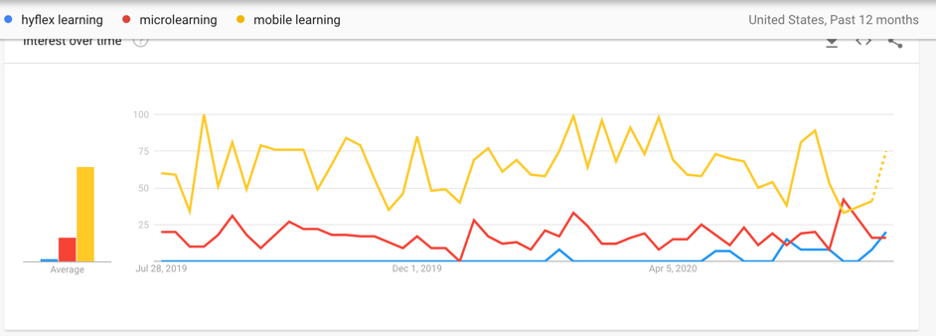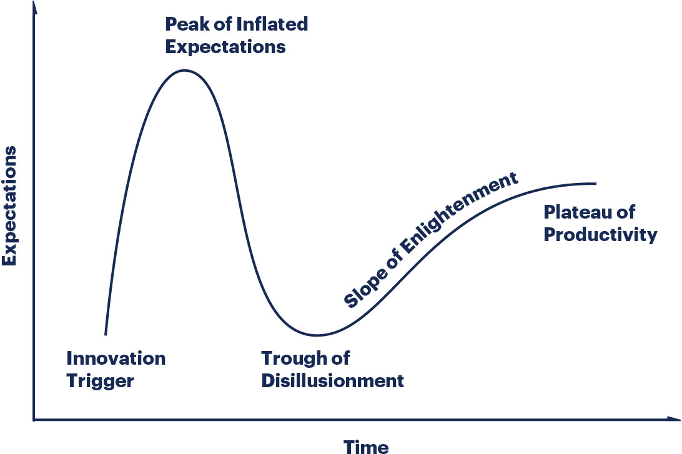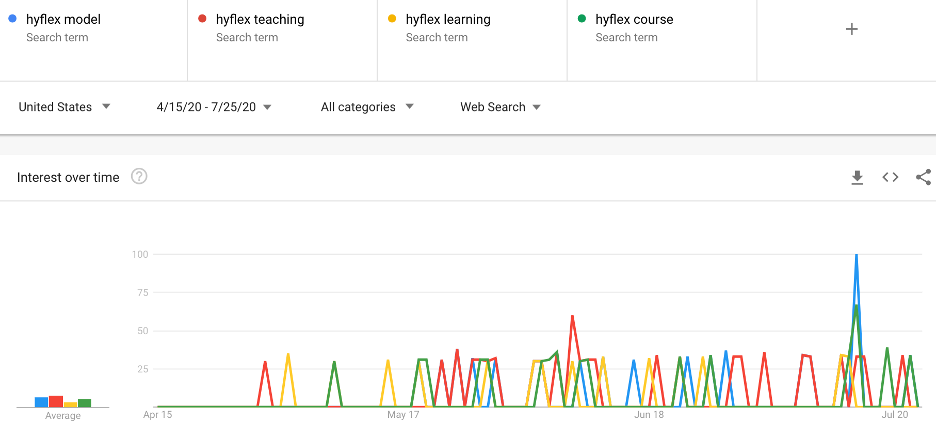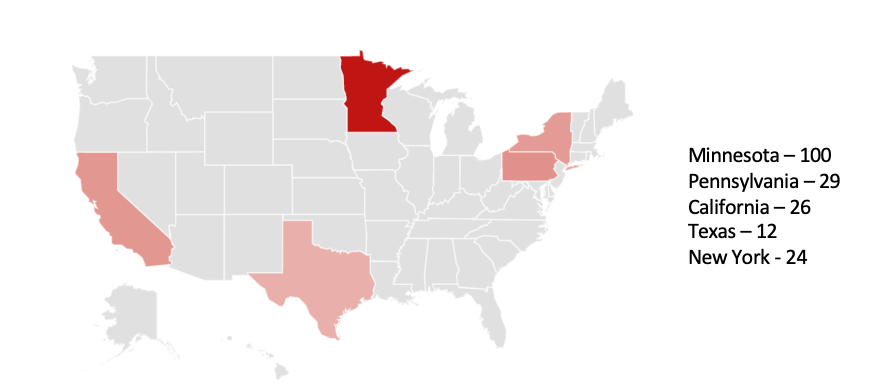HyFlex course delivery was a hot topic throughout the Spring and Summer of 2020. I first discovered HyFlex in 2014 and began to pilot it at Delgado Community College (New Orleans, LA, USA) in 2015. I could not understand why we did not immediately gain traction at the College with the design and delivery mode.
There are not enough instructional designers in higher education. Using a grant from our System, Louisiana Community and Technical System (LCTCS), I created a program to grow our own instructional designers. In partnership with the University of New Orleans, Dillard University, and Louisiana Delta Community College we created the Fundamentals of Instructional Design course. In Spring 2019, I taught a course that advocated multimodal course design and HyFlex delivery.
Why HyFlex?
Why use multimodal course design and HyFlex delivery? Multimodal course design is efficient. You design for all delivery modes at one time. Multimodal course design is effective. You deploy the delivery modality needed. HyFlex is form of hybrid delivery. The Hyflex model is flexible. Learners to choose how they will participate in class. HyFlex design lowers barriers for attending class
As COVID-19 disrupted education, I wished we had adopted HyFlex more widely at the College. If the majority of our courses had HyFlex design, moving to online would have been like flipping a switch. Reading about the numbers of institutions taking a brief break to convert courses to the remote learning format meant that most offered traditional course formats. Dr. Beatty’s book and the faculty who reached out this summer are clearly interested in HyFlex adoption. I was motivated to find out where else the HyFlex model was gaining interest.
Who is interested in HyFlex?
Figure 1 is a graph of the search terms HyFlex learning, microlearning and mobile learning in all Google categories in the past 12 months ending July 24, 2020. Notice the initial uptick of HyFlex queries in late February/early March. Microlearning and mobile learning were the hot topics of 2019 along with artificial intelligence. The rapid switch from in-person classes to remote exposed misunderstanding of what technology our learners have access to and their preferred method of participating in class. Clearly, micro and mobile design make sense in the same conversation as HyFlex.

Dr. Brian Beatty’s release of the HyFlex book is timely. The book is a useful reference. The case studies in the book, conference conversations and conversations with several national and international institutions’ faculty led me to believe that the time for widespread HyFlex adoption had arrived. I was puzzled why it is not taking hold in our College or in our System as a delivery model (Louisiana Community College and Technical System – LCTCS). There are pockets of interest. By taking hold, I mean significant adoption. Significant, is making it to the Gartner Hype Cycle’s Peak of Inflated Expectations as displayed in Figure 2.

HyFlex Search Terms
In my quest to reconcile reality from my beliefs, I again searched on Google. Interestingly, HyFlex model is a more popular search term than HyFlex learning. As Figure 3 shows, on July 15, 2020, the peak search was HyFlex model with 100 searches, followed by 67 for HyFlex course, 33 for HyFlex teaching, and 0 for HyFlex learning.

HyFlex teaching is gaining interest in 4 US states. Notice in Figure 4, that Minnesota, Pennsylvania, California, Texas, and New York. There is interest in HyFlex. Depending how you interpret the number of searches in one web browser, the results show growing interest in the model.

Knowing that initially Covid-19 triggered searches and course delivery adoption predominantly for remote learning and as fall approaches, for hybrid delivery, I realize that as with Second Life, HyFlex may end up with several Hype Cycles: 2010, 2014, 2020, etc. For some of us, we are somewhere between the Hype Cycle Innovation Trigger and the Plateau of Productivity. Others may not yet be on the chart. That said, HyFlex is on the map. I look forward to hearing implementation stories nationally and internationally.
